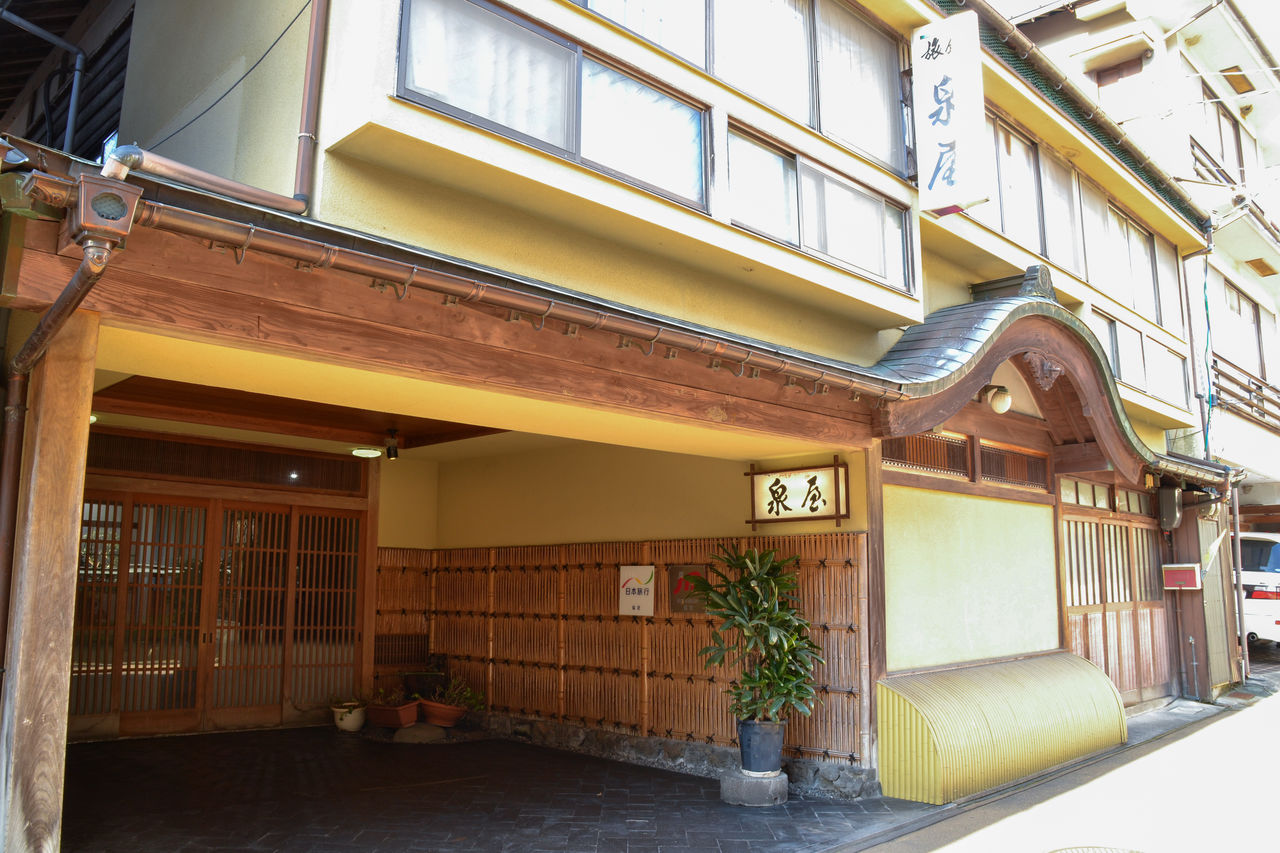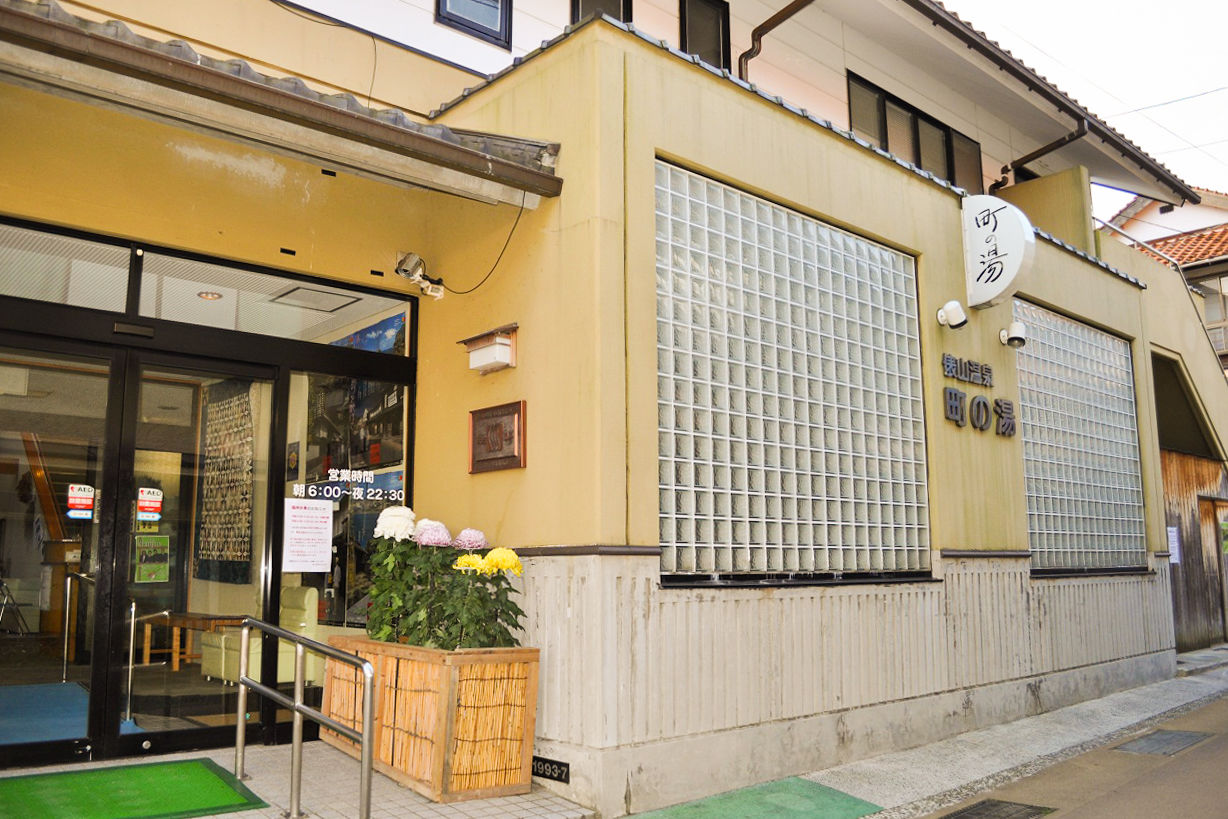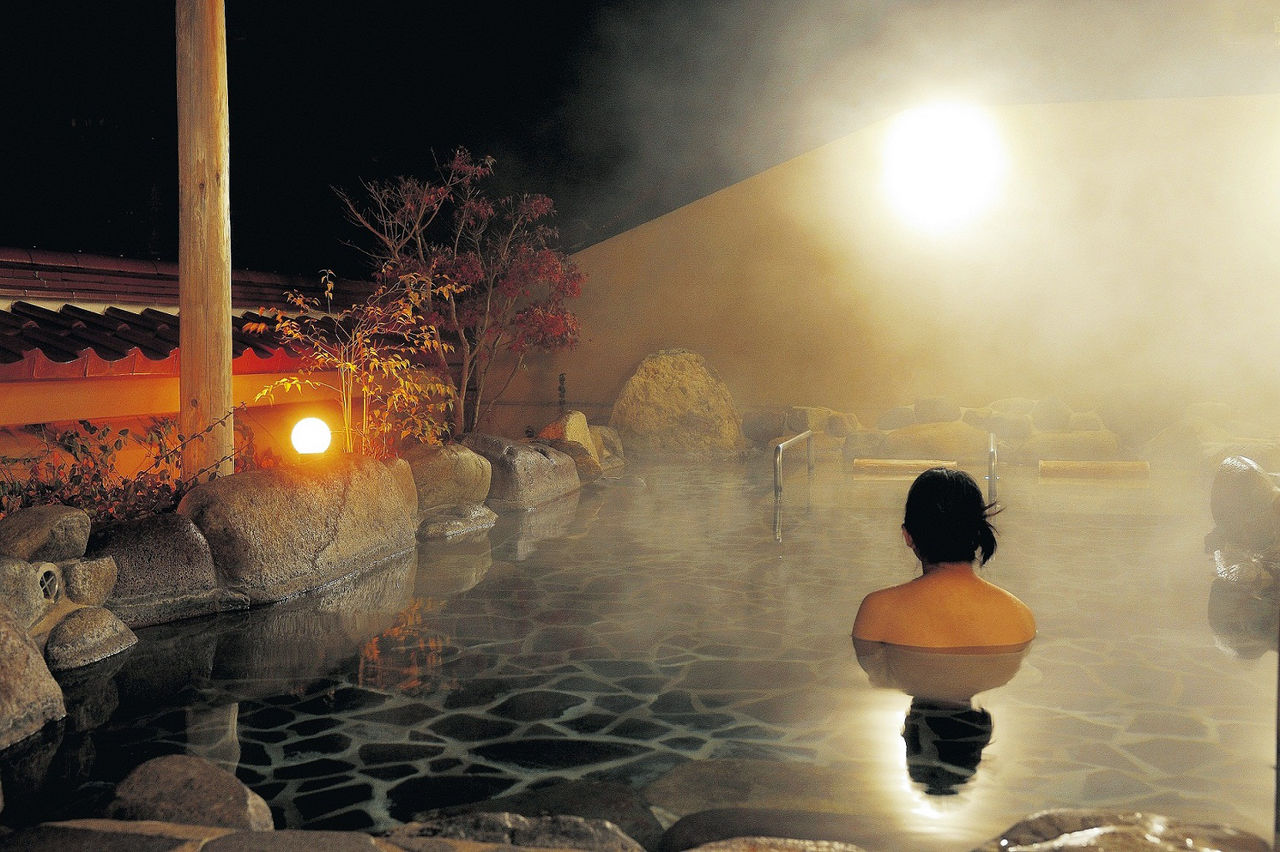
Tawarayama Onsen, Yamaguchi: A Trip Back in Time to the Hot Springs of Yesteryear
Guideto Japan
- English
- 日本語
- 简体字
- 繁體字
- Français
- Español
- العربية
- Русский
Hot Spring Resorts with a Retro Vibe
Tawarayama Onsen is a quiet spa district nestled in a valley to the east of Mount Ichiigatake, in the southern reaches of the city of Nagato in Yamaguchi Prefecture. The springs lie along a tributary of the Koya River, and their charming district is brimming with the atmosphere of a Japan lost to time. The wooden buildings that line the waters are small-scale Japanese inns catering to just a handful of guests each, but thanks to the town’s mention in Lonely Planet, it has become quite the popular tourist destination for those visiting Japan.
 The view outside the Izumiya lodge in Tawarayama Onsen.
The view outside the Izumiya lodge in Tawarayama Onsen.
 Izumiya are in the classic Japanese ryokan style.The area began life as a hot springs resort over a millennium ago, in 916, and is one of the last true hot springs resorts left in Western Japan. While the small community is home to around 20 lodges, most do not have their own indoor baths, so guests can often be seen, towel in hand, walking through town to Machi-no-yu, the public bathing area.
Izumiya are in the classic Japanese ryokan style.The area began life as a hot springs resort over a millennium ago, in 916, and is one of the last true hot springs resorts left in Western Japan. While the small community is home to around 20 lodges, most do not have their own indoor baths, so guests can often be seen, towel in hand, walking through town to Machi-no-yu, the public bathing area.
Onsen resorts that still maintain this style are few and far between these days, and seeing guests walk to and from buildings in yukata robes with their wooden geta clogs click-clacking on the cobblestones is like something right out of a movie.
 The exterior view of Machi-no-yu.
The exterior view of Machi-no-yu.
 Some of the Machi-no-yu baths.Tawarayama Onsen’s waters come from a pure wellspring, are highly alkaline, and are famous even today for their healing effects. Many visitors come for long-term stays to help with their rheumatism and other ailments, and the whole town has taken it upon itself to work toward making their stay as convenient as possible.
Some of the Machi-no-yu baths.Tawarayama Onsen’s waters come from a pure wellspring, are highly alkaline, and are famous even today for their healing effects. Many visitors come for long-term stays to help with their rheumatism and other ailments, and the whole town has taken it upon itself to work toward making their stay as convenient as possible.
Other than the public Machi-no-yu, daytrippers can enjoy the new Hakuen-no-yu bathing facilities built in 2004 that offer open-air rotenburo baths, bubble baths, and even baths for pets, along with restaurants and souvenir shops.
 A rotenburo bath at Hakuen-no-Yu.Though Tawarayama Onsen is located in a mountain valley, the region is still close to the sea, meaning there is plenty of fresh, delicious seafood to be had. Relaxing in the warm hot springs on a summer night, watching the fireflies dance through the air, is an experience that will leave one both physically and mentally rejuvenated.
A rotenburo bath at Hakuen-no-Yu.Though Tawarayama Onsen is located in a mountain valley, the region is still close to the sea, meaning there is plenty of fresh, delicious seafood to be had. Relaxing in the warm hot springs on a summer night, watching the fireflies dance through the air, is an experience that will leave one both physically and mentally rejuvenated.
Another popular spot is the Marakannon, a small shrine hidden away in the woods to the north of the onsen district that houses numerous phallic symbols of divine fertility.
 The Marakannon shrine, about 500 meters north along Prefectural Route 281.
The Marakannon shrine, about 500 meters north along Prefectural Route 281.
Access to Tawarayama Onsen (from the Yamaguchi city center)
By Car: Drive 20 km (about 15 min) from the Ogōri interchange on the Chugoku Expressway to the Mine interchange. Exit there and turn left on National Route 435 for Nagato; drive around 17 kilometers (25 min) and turn right on Prefectural Route 34, marked for Nagato. Turn left on Pref. Route 319, which rejoins route 34 and takes you to Pref. Route 38 for Tawarayama Onsen in about 20 minutes.
By Train and Bus: From JR Shin-Yamaguchi Station, travel 10 minutes on the San’yō Shinkansen to Asa Station. Take the JR Mine Line from Station to Nagato Yumoto Station (about an hour). Take the Sanden Bus from Nagato Yumoto to Tawarayama Onsen (about 20 min).
Tawarayama Onsen (Japanese language only):
http://tawarayamaonsen.com/onsen.html
Nagato Tourism Convention Association (English):
https://visit-nagato.com/en/onsen/tawarayama/
(Originally written in Japanese. Banner photo: The charming inns of Tawarayama. © Tawarayama Onsen.)